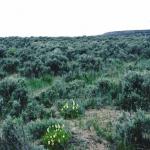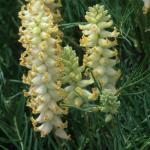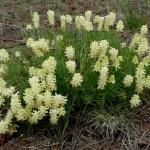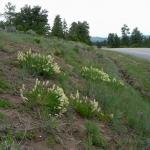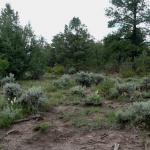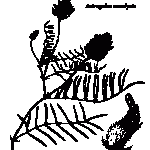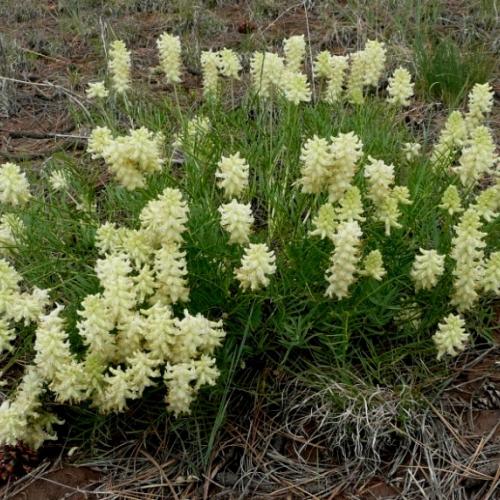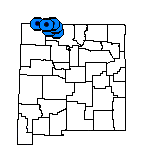Astragalus oocalycis (Arborales Milkvetch)
| USFWS | State of NM | USFS | BLM | Navajo Nation | State Rank | Global Rank | R-E-D Code | NMRPTC Status | Strategy Status |
|---|---|---|---|---|---|---|---|---|---|
| S3 | G4 | 1-1-2 | R | SS |
| Overall Conservation Status | Documented Threats | Actions Needed |
|---|---|---|
| UNDER CONSERVED | Oil & gas development |
document rarity and threat impacts |
Barneby, R.C. 1964. Atlas of North American Astragalus. Memoirs of the New York Botanical Garden 13:419-422.
*Ecosphere Environmental Services, Inc. 1995. The Farmington District endangered, threatened and sensitive plant field guide. Bureau of Land Management, Farmington District, Farmington, New Mexico.
Isely, D. 1998. Native and naturalized Leguminosae (Fabaceae) of the United States. Monte L. Beane Life Science Museum, Brigham Young University, Provo, Utah.
*New Mexico Native Plant Protection Advisory Committee. 1984. A handbook of rare and endemic plants of New Mexico. University of New Mexico Press, Albuquerque.
For distribution maps and more information, visit Natural Heritage New Mexico

